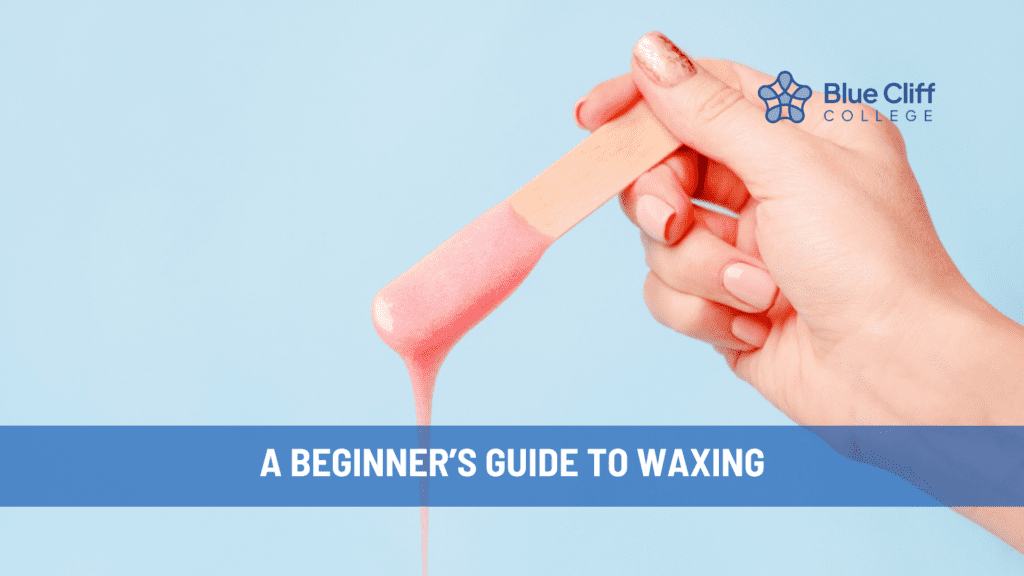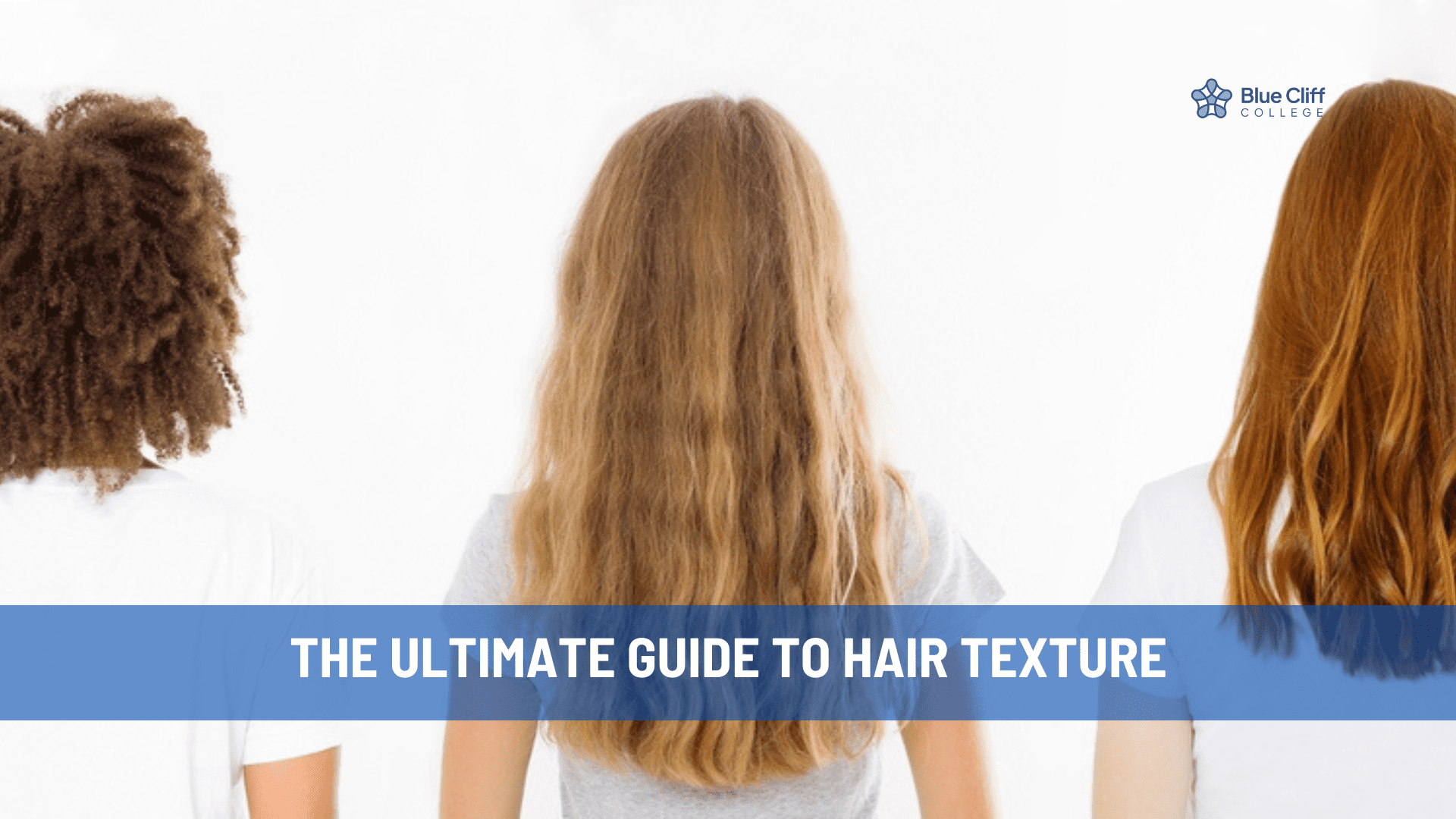Whether you’re new to the world of waxing or looking to refine your technique, this comprehensive guide will walk you through everything you need to know to achieve smooth, hair-free skin. From choosing the right waxing method to prepping your skin and mastering the process, we’ve got you covered. Get ready to say goodbye to unwanted hair and hello to silky-smooth skin with our step-by-step tips and tricks. Let’s dive in!
Table of Contents
What Is Waxing?
Waxing is a popular hair removal method that involves applying warm wax to the skin and then removing it, along with unwanted hair, in one swift motion. Here’s a quick overview:
- Effective Hair Removal: Waxing effectively removes hair from the root, leaving skin smooth and hair-free for an extended period.
- Versatile: Suitable for removing hair from various parts of the body, including legs, arms, face, and bikini area.
- Long-Lasting Results: Results typically last longer than shaving, with hair regrowth appearing finer and softer over time.
- Various Waxing Methods: Different waxing methods include soft wax (using strips) and hard wax (applied directly to the skin), offering options to suit individual preferences and skin types.
- Potential Discomfort: While waxing may cause some discomfort, especially for first-timers, many find the results worth the temporary sensation.
Skincare Tips For This Summer
How Does Waxing Work?
Waxing works by adhering to the hair and pulling it out from the root, leaving the skin smooth and hair-free. Here’s a brief explanation:
- Application of Wax: Warm wax is applied to the skin in the direction of hair growth using a spatula or applicator.
- Adhering to Hair: The wax seeps into the hair follicles and adheres to the hair shaft.
- Removal: Once the wax cools and hardens, a quick motion is used to remove the wax, along with the hair, from the skin.
- Hair-Free Results: The hair is pulled out from the root, resulting in smooth skin that remains hair-free for a longer period compared to shaving.
The Most Common Types of Waxing
- Hard Wax
Hard wax is a popular waxing method known for its effectiveness and gentleness on the skin. Applied directly onto the skin without the use of strips, hard wax adheres firmly to the hair, gripping it at the root. Removal is gentle, as the cooled wax is lifted and pulled off in the opposite direction of hair growth, resulting in less irritation, especially for sensitive areas like the bikini line and face. This method is particularly effective for coarse or stubborn hair, making it a preferred choice for many. - Soft Wax
Soft wax, also known as strip wax, is a common hair removal method where a thin layer of wax is applied to the skin, covered with a cloth or paper strip, and swiftly pulled off to remove both the wax and hair. It’s versatile and suitable for large areas of the body, but may cause some irritation, particularly for those with sensitive skin. Overall, soft wax offers an effective hair removal solution, providing smooth, hair-free skin when performed correctly. - Sugar Wax
Sugar wax, also known as sugaring, is a natural hair removal method using a paste made from sugar, lemon juice, and water. It’s gentle, less painful than traditional waxing, and suitable for all skin types. By applying in the opposite direction of hair growth and removing in the direction of hair growth, sugar waxing effectively removes hair, leaving smooth skin for an extended period. - Chocolate Wax
Chocolate wax is a luxurious hair removal option infused with cocoa and other nourishing ingredients, offering a gentle and effective way to remove hair from the root. Known for its moisturizing properties and indulgent aroma, chocolate wax provides a soothing and aromatic experience during hair removal, leaving the skin feeling soft, smooth, and hair-free. - Fruit Wax
Fruit wax is a natural hair removal option infused with extracts from fruits like berries, oranges, and apples. This unique waxing method offers a refreshing and fruity aroma while effectively removing unwanted hair from the root. Gentle on the skin and suitable for sensitive areas, fruit wax provides a nourishing and moisturizing experience, leaving the skin smooth, soft, and hair-free. - Brazilian Wax
A Brazilian wax removes hair from the pubic region, including the bikini line, genital area, and buttocks, offering smooth results and long-lasting cleanliness; while it may be more intense than other methods, many find the thoroughness worth it for the confidence it brings, making Brazilian waxing a convenient and effective solution for achieving a hair-free intimate area. - Pre-Made Wax Strips
Pre-made wax strips offer a convenient and mess-free alternative to traditional waxing methods, providing quick and easy hair removal at home. These strips come pre-coated with wax and are ready to use, making them ideal for busy individuals or those new to waxing. With just a few simple steps, pre-made wax strips effectively remove unwanted hair from various areas of the body, leaving the skin smooth and hair-free. Whether for touch-ups or larger areas, pre-made wax strips offer a hassle-free solution for achieving salon-quality results in the comfort of your own home.
Does Waxing Damage Hair Follicles
Waxing does not typically damage hair follicles permanently; however, it can weaken the hair follicle over time with repeated waxing, potentially resulting in finer regrowth. Here are some key points:
- Temporary Effects: While some temporary redness or irritation may occur immediately after waxing, it typically subsides within a few hours.
- Long-Term Impact: With consistent waxing, the hair follicle may become weaker, leading to finer regrowth over time.
- Proper Technique: Using the correct waxing technique and quality products can help minimize any potential damage to the hair follicles.
- Aftercare: Following proper aftercare instructions, such as avoiding sun exposure and exfoliating regularly, can help maintain the health of the skin and hair follicles post-waxing.
How Long Do Results Last Before Hair Grows Back
The duration of results from waxing varies depending on individual hair growth cycles and other factors, but typically, hair regrowth occurs within 3 to 6 weeks after waxing. Unlike shaving, which only removes hair from the surface, waxing removes hair from the root, resulting in smoother skin and longer-lasting results. Factors such as hair texture, hormonal changes, and regularity of waxing sessions can influence the rate of regrowth.
Can Waxing Lead to Permanent Hair Removal
Waxing removes hair from the root, offering smooth skin for weeks, but it doesn’t typically lead to permanent hair removal. While consistent waxing may weaken hair growth over time, permanent results are unlikely. For long-term reduction, consider alternatives like laser hair removal.
How Do I Take Care of My Skin After Waxing
After waxing, it’s important to take care of your skin to minimize irritation and promote healing. Here’s a quick overview:
- Keep the Area Clean: Gently cleanse the waxed area with a mild soap to remove any residue and prevent bacterial growth.
- Moisturize: Apply a soothing moisturizer or aloe vera gel to hydrate the skin and soothe any redness or irritation.
- Avoid Sun Exposure: Protect the waxed area from direct sunlight and UV rays to prevent further irritation and potential sunburn.
- Avoid Harsh Products: Refrain from using harsh skincare products, exfoliants, or fragrances on the waxed area, as they may irritate the skin.
- Avoid Tight Clothing: Opt for loose-fitting clothing to avoid friction and irritation on the freshly waxed skin.
Become a Licensed Esthetician
Embarking on the journey to become a licensed esthetician is an exciting step towards a rewarding career in skincare and beauty. At Blue Cliff College, our accredited esthetician course offers comprehensive training and preparation for licensure. With quality education, experienced instructors, hands-on experience, and thorough licensure preparation, our program equips you for various career opportunities in spas, salons, skincare clinics, and more. Take the first step towards your future as a licensed esthetician with Blue Cliff College and unlock endless possibilities in the dynamic field of skincare and beauty.
FAQs
What Is the Best Type of Waxing?
The best waxing method varies based on individual preferences and needs. However, many find hard wax to be a popular choice for its gentle application and effectiveness, particularly in sensitive areas.
Which Wax Is Best for the Face?
When waxing the face, it’s essential to use a gentle wax suitable for delicate skin. Hard wax is often preferred for facial waxing due to its gentle application and effectiveness in removing fine facial hair with minimal irritation.
Which Wax Is Best for Sensitive Skin?
For sensitive skin, it’s crucial to choose a wax that is gentle and soothing. Hard wax is often recommended for sensitive skin types as it adheres primarily to the hair rather than the skin, resulting in less irritation and discomfort.
What Lasts Longer Than Waxing?
While waxing offers relatively long-lasting results, some hair removal methods, such as laser hair removal or electrolysis, provide permanent or semi-permanent reduction in hair growth, offering longer-lasting results compared to waxing.
Does Waxing Your Vag Last Longer Than Shaving?
Waxing typically provides longer-lasting results compared to shaving. While shaving only removes hair from the surface, waxing removes hair from the root, resulting in smoother skin and slower hair regrowth over time.
Does Waxing Reduce Hair Growth?
While waxing does not permanently reduce hair growth, consistent waxing over time may lead to finer hair regrowth. Waxing removes hair from the root, weakening the hair follicle and potentially resulting in slower and finer regrowth over time.





